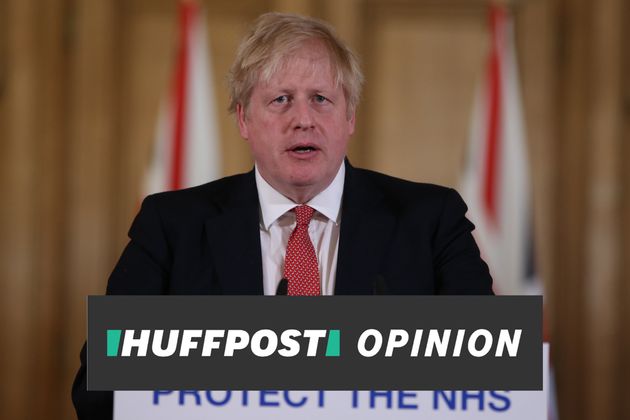
We knew something like Covid-19 was coming. We were warned. And the government was, once upon a time, extremely well prepared. Unfortunately, that hasn’t been the case for years. This lack of preparation has led the government to make decisions too slowly and it could have led to unnecessary deaths.
There have been many critics and media pundits trying to blame the prime minister and his acolyte, Dominic Cummings. Yet the procrastination problem started well before their rise to the throne or the creation of coronavirus. The roots of the pandemic are deeper, systemic and have been years in the making.
It is the job of the Cabinet Office to predict which will be the next disaster facing the UK. Their job is to identify plans to prevent them from happening and develop ways to mitigate the effect of any such catastrophe if it does happen.
They start this process by producing the National Risk Register of Civil Emergencies. The first was produced in 2008. Updated editions were released in 2010, 2012, 2013, 2015 and most recently in 2017.
Throughout these six editions there remained one constant. Every National Risk Register has pandemic flu as the most probable and devastating threat to the UK. The government knew it would likely happen and that it had cataclysmic potential.
The theory goes that each risk, once identified, has up-to-date strategies, policies and procedures in place to help manage its impacts. In practice, this means that when disaster strikes, the government has, for want of a better phrase, an ‘oven ready’ set of plans it can implement immediately.
Despite pandemic flu being consistently identified as literally public enemy number one, the last strategy written specifically to tackle this was penned nine years ago.
Despite pandemic flu being consistently identified as literally public enemy number one, the last strategy written specifically to tackle this was penned nine years ago, with a few further addendums published in 2014. This 70-page tome, the linchpin of work that should have been the bible for dealing with this crisis, was left to decay on a shelf in the bowels of Whitehall.
It is not just the overarching document that has atrophied. In his piece about one of the Johnson press briefings, Huffington Post Executive Politics Editor, Paul Waugh, rightly observed, ”Communications are not an optional extra, they are central to this entire ‘wartime’ effort.”. Yet the government’s UK Pandemic Influenza Communications Strategy, the crucial document for getting the right messages across to the public, was written in 2012 — lightyears away from modern-day thinking as to how and where people now get their information from. Tellingly, the document contains no mention of the key phrases we are hearing today such as ‘social distancing’ or ‘flattening the curve’.
Just as sloppy, complacent and appalling, the guide to dealing with the fatalities of the pandemic, complete with supposed key named contacts, was last published in 2008. Meanwhile, the dedicated government Pandemic Influenza Preparedness Team based in the Department of Health, and tasked with tackling this type of crisis, vanished around 2011.
Whether or not failing to update these strategies was a deliberate policy decision, or an unintended consequence of the austerity measures that removed thousands of civil servants, or a victim of Brexit, which diverted the remains of the civil service into trying to exit the EU, is almost a moot point. The UK government has been left without the latest evidence, policy or science to hand and consequently has been playing coronavirus catch up.
The government has had to either make policy up as it has gone along or is having to beg, borrow and steal from other countries who have been better prepared. When every hour counts, this lack of preparedness has meant unnecessary lives have almost certainly been, and will continue to be, lost.
Richard Stokoe is a lecturer in planning for disasters and civil contingencies at the University of South Wales


